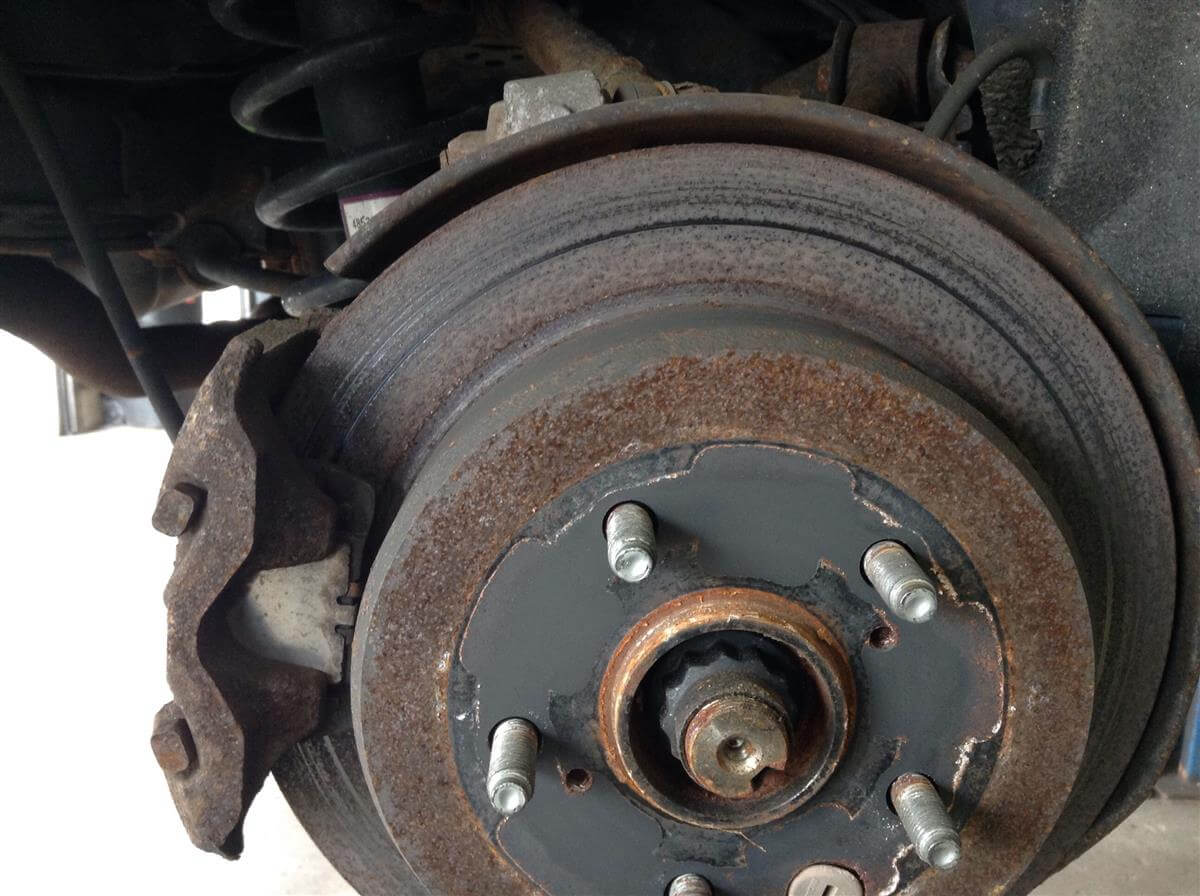At What Mileage Should Brakes Be Replaced

Determining the optimal mileage for brake replacement is a complex equation involving driving habits, vehicle type, environmental conditions, and the specific brake system components. While a commonly cited range is 25,000 to 70,000 miles, this is merely a guideline. A more accurate assessment requires a deeper understanding of the factors at play.
Factors Influencing Brake Pad Wear
Several critical factors directly impact the longevity of brake pads:
- Driving Habits: Aggressive driving, characterized by frequent hard braking, significantly accelerates pad wear. Stop-and-go traffic, common in urban environments, also leads to increased brake usage. Conversely, drivers who anticipate traffic flow and employ engine braking will experience extended pad life.
- Vehicle Type: Heavier vehicles, such as SUVs and trucks, generally require more braking force, resulting in faster pad wear compared to lighter passenger cars. The vehicle's weight distribution also plays a role, affecting the load on front versus rear brakes.
- Environmental Conditions: Harsh weather conditions, particularly those involving salt and road debris, can accelerate rotor wear and corrosion, indirectly impacting pad life. Extreme temperatures can also affect the friction coefficient of the brake pads, leading to increased wear.
- Brake Pad Material: Brake pads come in various compositions, each offering different performance characteristics and wear rates. Organic pads, typically made from non-metallic materials, are quieter and less abrasive to rotors but wear faster than other types. Semi-metallic pads, containing a mix of metallic and non-metallic materials, offer a good balance of performance and durability. Ceramic pads are known for their low noise, reduced dust, and long lifespan, but they can be more expensive. Sintered metallic pads are typically used in high-performance applications and provide exceptional stopping power at the cost of increased rotor wear and noise.
- Rotor Material: The type of rotor also affects pad wear. Cast iron rotors are the most common and offer good performance for general use. However, they are susceptible to rust and corrosion. Composite rotors, such as carbon ceramic, offer superior performance and weight savings but are considerably more expensive and are typically paired with specialized pads.
Technical Specifications and Engineering Choices
Brake pad thickness is a crucial indicator of wear. Most manufacturers specify a minimum pad thickness of around 3mm (approximately 0.12 inches). Operating below this threshold compromises braking performance and increases the risk of rotor damage. Modern vehicles often incorporate electronic brake wear indicators, which illuminate a warning light on the dashboard when the pads reach their minimum thickness. These systems typically use a sensor embedded in the brake pad that completes an electrical circuit when the pad wears down. However, visual inspection remains essential, as these sensors can sometimes fail or provide inaccurate readings.
The engineering choices made during vehicle design also significantly affect brake system performance. The size of the brake rotors and calipers, the design of the brake booster, and the overall hydraulic system are all optimized to provide the necessary stopping power for the vehicle's weight and intended use. Upgrading brake components can improve performance, but it's crucial to ensure compatibility with the vehicle's existing systems and to consider the potential impact on ABS and stability control systems.
Alternatives and Comparisons
Alternative braking technologies, such as regenerative braking in hybrid and electric vehicles, can significantly extend the lifespan of friction brakes. Regenerative braking uses the electric motor to slow the vehicle, recovering energy in the process. This reduces the reliance on traditional friction brakes, leading to less wear and tear. However, friction brakes are still necessary for hard stops and low-speed maneuvers, so they still require periodic inspection and replacement.
Comparing different brake pad materials reveals distinct trade-offs. Organic pads are quiet and rotor-friendly but lack the longevity and stopping power of semi-metallic or ceramic pads. Semi-metallic pads offer a good compromise but can be noisy and generate more dust. Ceramic pads provide excellent performance and longevity but are generally more expensive. The optimal choice depends on the vehicle's intended use, the driver's preferences, and budget considerations.
Reliability and Maintenance Tips
Regular brake system maintenance is essential for ensuring reliability and preventing premature failure. This includes:
- Regular Inspection: Visually inspect brake pads and rotors for wear, cracks, and other damage. Check brake fluid levels and condition.
- Brake Fluid Flush: Brake fluid absorbs moisture over time, which can lead to corrosion and reduced braking performance. Flush the brake fluid every two to three years, or as recommended by the vehicle manufacturer.
- Lubrication: Lubricate brake caliper slide pins to ensure smooth movement and prevent uneven pad wear.
- Rotor Resurfacing or Replacement: If rotors are warped or excessively worn, they should be resurfaced or replaced.
Future Trends
The automotive industry is rapidly evolving, with new braking technologies on the horizon. Electromechanical brakes (EMB), which replace the hydraulic system with electric motors, offer potential advantages in terms of response time, precision, and energy efficiency. These systems are still under development, but they are expected to become more prevalent in future vehicles. Advanced driver-assistance systems (ADAS) are also playing an increasingly important role in braking technology. Features such as automatic emergency braking (AEB) can help prevent accidents and reduce the strain on the braking system.
Conclusion
Determining when to replace brakes is not a simple matter of mileage. It requires a comprehensive understanding of the factors that influence brake wear and a commitment to regular maintenance. As the automotive industry continues to innovate, new braking technologies and ADAS features will further enhance safety and extend the lifespan of brake components. The trend towards electric vehicles and regenerative braking will also play a significant role in reducing the reliance on traditional friction brakes. Ultimately, the key to ensuring safe and reliable braking is a proactive approach to maintenance and a willingness to adapt to new technologies.
